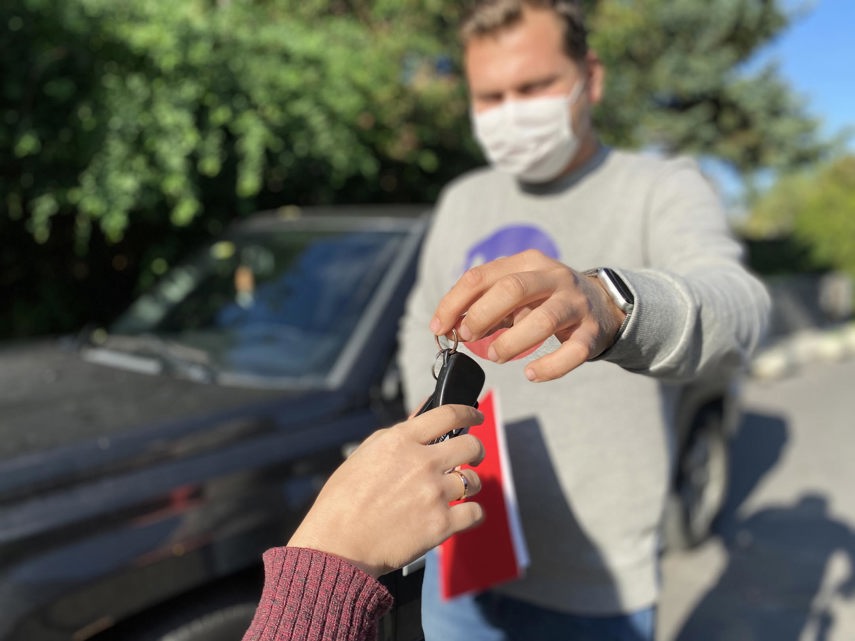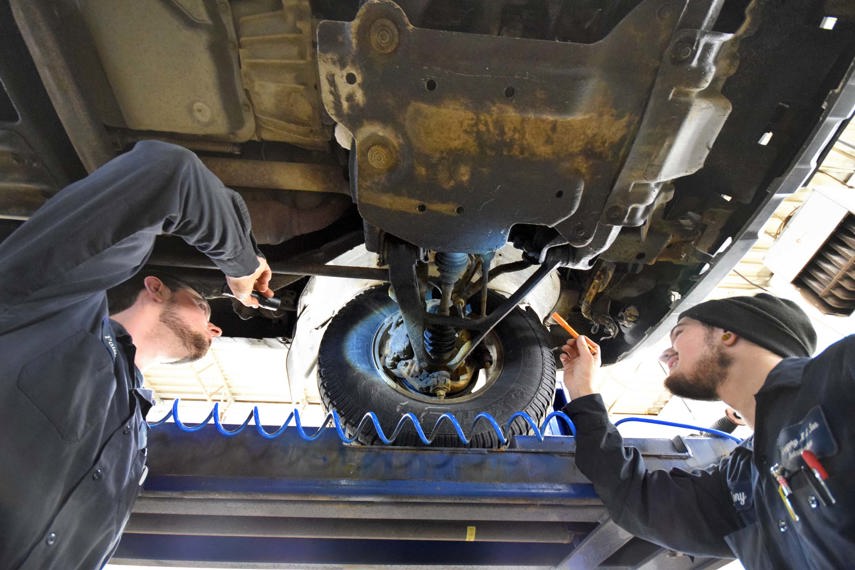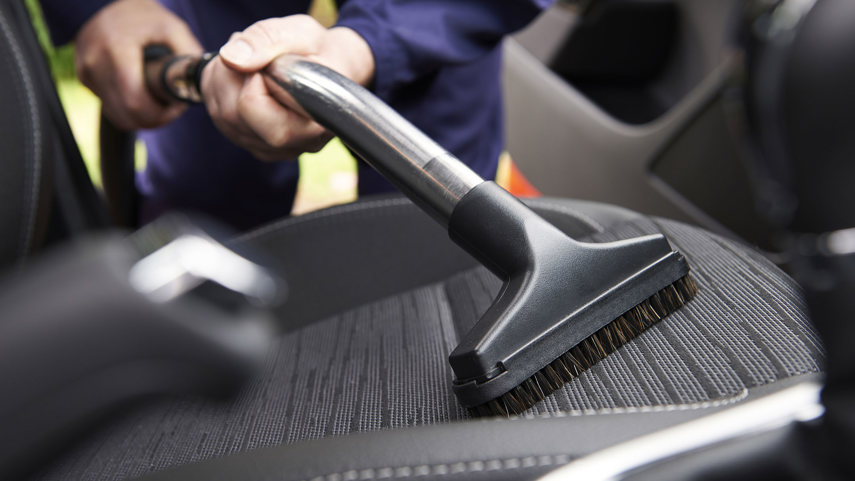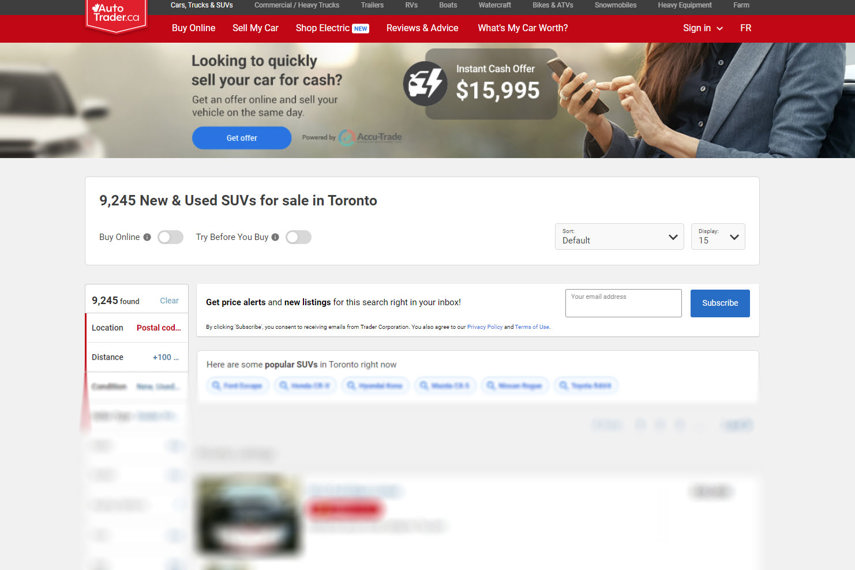So it’s time to sell your car.
There are plenty of reasons to come to this decision, and we’re not here to judge. We are, however, here to help, which is exactly what this how-to guide is supposed to do. Whether it’s the steps you need to take to get a proper deal struck – you know, the kind that’s good with the government – or a few tips to make your car as appealing as possible to potential buyers, the aim here is to make you feel a little more at ease before you put your car on the open market.
The Private Sale

It continues to be a seller’s market out there, with demand for both personal and pleasure vehicles as strong as ever. Call them hangover symptoms from the ongoing pandemic; more people than ever are looking for weekend cruisers to fill their free time, while others are just looking for a way to get to work.
Either way, it’s an advantageous time for you, but there are some considerations to make before putting that for-sale sign in the window. For starters, be realistic about what it’s going to take to replace that car once it’s gone – assuming that’s the plan, anyway. Pent up demand means it might be tough to parlay the sale into another purchase, and you don’t want to be caught without a way to get around. If you’re worried, it might be wise to hold onto what you have until the market normalizes a bit.
If your situation is more like your author’s – selling a second car that’s underused or otherwise needs to go – then the stuff that needs to be sorted out is more matter-of-fact. Is the car registered in your name? Will you be selling it safetied (otherwise known as certified)? Do you have all the documents you need?
To Safety or Not to Safety

This is perhaps the ultimate car-seller’s conundrum – assuming you live in a province where an inspection certificate is required in order for a buyer to register the vehicle. (We specify province here, as no territories require safety inspections as part of the sale/purchase process.) Essentially, the process involves the vehicle getting a once-over from an authorized mechanic, and it usually means your asking price can fall on the higher end of the spectrum.
If you’ve ever seen a vehicle listed for sale “as-is,” it means it hasn’t passed a safety inspection. In Ontario, the inspection certificate is good for 36 days, so if you plan to get one done, it’s best to do so either immediately before posting it for sale or promise one as a condition of a deal. The benefit of the latter is that there’s no timeframe to contend with – but it also means unexpected costs could chip away at your profit. Excessively worn, cracked, or outdated tires, for example, could be a costly issue that needs to be addressed before the certificate is issued, so be warned.
Selling as-is eliminates that uncertainty, putting the onus on the buyer instead to address any issues before they can register the car. Of course, that means you can’t expect to command top dollar, as the buyer will want some wiggle room in case the car needs any work before it can be titled in their name.
Get Your Paperwork in Order

Whether or not you decide to have the car safetied, there are other documents that are needed to make the sale go smoothly. The vehicle’s ownership is at the top of the list – and preferably in your name. Of course, there are circumstances where that might not be the case (marriage, estate sale, etc.), but selling a vehicle without the registered owner’s permission is a legal rabbit hole you don’t want to go down – and neither does the buyer.
In Ontario, sellers are required to provide a Used Vehicle Information Package (UVIP) – a $20 document that sums up all kinds of relevant details like ownership history, title status (salvage, etc.), and whether or not a lien is currently registered against the vehicle. The UVIP can be ordered online or purchased in person at Service Ontario, and it provides peace of mind to potential buyers. Be prepared for shoppers in other provinces or territories to request similar information through you or equivalent agencies.
While not required, providing service history through work orders and receipts for any parts purchased is recommended for those looking to maximize their returns. Remember: a car that’s been well cared for is that much more appealing.
Curb Appeal

Unless you’re flipping a barn find or some kind of project car, a layer of dust isn’t a selling feature. Just put yourself in a shopper’s shoes: if you showed up to see a car you’re interested in buying only to find a dirty exterior and their kids’ discarded fries in the back, it’s probably going to be a little harder to picture it parked in your driveway, right?
It’s not like it needs a full detailing job, but a once-over to make it look the part of a car for sale is the easiest way to attract potential buyers. A quick wash and maybe even a vacuum will make that positive first impression you want.
Posting the Ad

While there’s nothing wrong with sticking one of those black and orange for-sale signs on the dash, it’s probably not the best marketing strategy out there. The internet, on the other hand, is an effective – and in some cases free – way to get your car in front of as many eyeballs as possible.
Going beyond the basics, detailed ads will attract the most attention. Be sure to include lots of photos and specs, as well as a neatly crafted write-up that’s going to answer questions so no one’s time is wasted. Whether it has a manual or automatic transmission, any condition issues, the current odometer reading, even whether or not you’re open to trades – it’s all relevant. For the time it takes to put it all together, you’ll save way more of it avoiding tire-kickers or someone trying to swap you for a rusty old Jeep you don’t want.
Now’s also the time to pick a price. That includes what you’re going to post in the ad, as well as what you’re willing to accept – numbers that don’t always match. Comfortable taking, say, $10,000 for it? Post it for $12,000 so there’s room for negotiation. Holding firm at $50,000? Then make it clear in the ad.
Making the Sale

So you’ve got all your paperwork in order, your ad’s a piece of copywriting excellence, and the car’s been spiffed up to look its Sunday’s best. Now it’s time to sell. Meet with potential buyers, tell them a bit about the car, and let them check it out for themselves. If you’re open to test-drives, make sure you’re insured for it and the potential buyer has a valid licence. Take a photo of it, and ride with them in the car.
Also be sure to do this when and where it’s safe. If you aren’t comfortable being alone, have a friend or relative join you. Some police stations even offer safe meeting sites for conducting online sales.
It’s also important to protect yourself against fraud. The best way to do this is to close the deal with cash or a certified cheque, and verify the person buying the car is who they say they are. All that’s left is to sign a bill of sale, as well as the ownership so the vehicle can be transferred, and you’ve officially sealed the deal.

